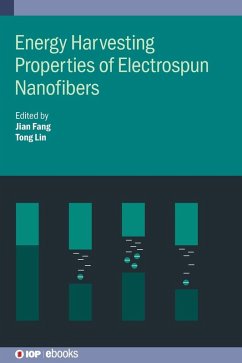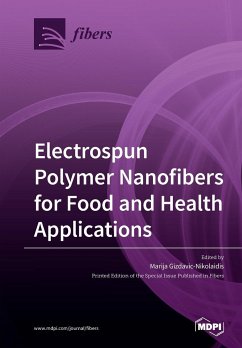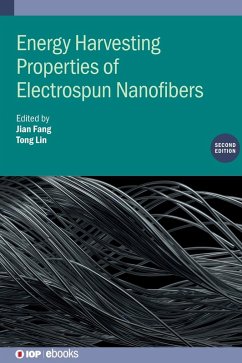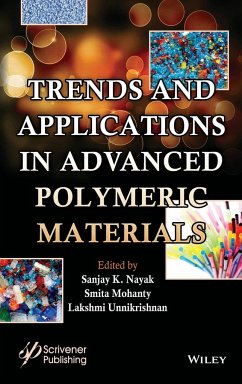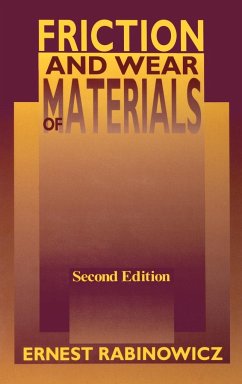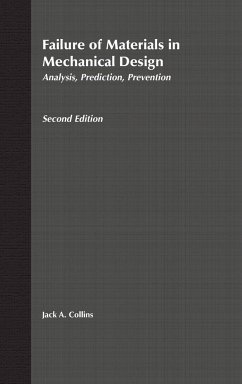Nicht lieferbar
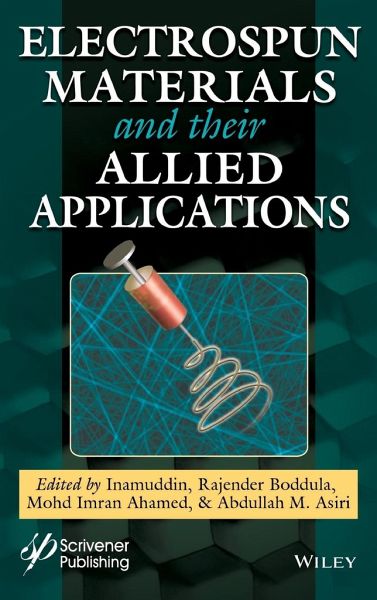
Electrospun Materials and Their Allied Applications
This comprehensive book explores the history, fundamentals, manufacturing processes, optimization parameters, and applications of electrospun materials. There are numerous innovative and fundamental science motivations to create one-dimensional/three-dimensional nanofiber materials, and much research attention has been given to them over the recent past. This book provides a comprehensive overview of electrospun nanofiber materials and looks at the history, fundamentals, significant parameters, design fabrication strategies, suitable precursors and solvent control parameters of electrospun fib...
This comprehensive book explores the history, fundamentals, manufacturing processes, optimization parameters, and applications of electrospun materials. There are numerous innovative and fundamental science motivations to create one-dimensional/three-dimensional nanofiber materials, and much research attention has been given to them over the recent past. This book provides a comprehensive overview of electrospun nanofiber materials and looks at the history, fundamentals, significant parameters, design fabrication strategies, suitable precursors and solvent control parameters of electrospun fibres. It includes various types of electrospun materials such as antimicrobial, smart, bioinspired systems, and so on. The electrospun materials have applications in areas such as energy storage, catalysis, biomedical, separation, adsorption, and water treatment technologies. The book emphasizes the enhanced sustainable properties of electrospun materials, with the current and future challenges being discussed in detail. The 17 chapters are written by top-class researchers and experts from throughout the world. Audience This book will be very useful for researchers, scientists and engineers in polymer chemistry, electrospinning engineering, fibres technology, materials science and materials designers who need to consider the morphological design of materials for versatile applications.





